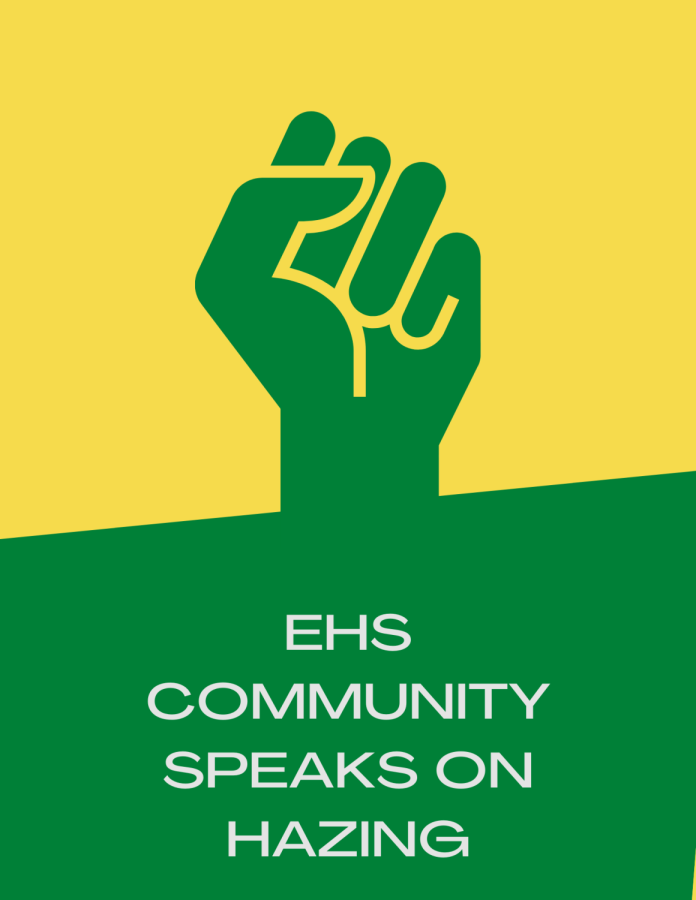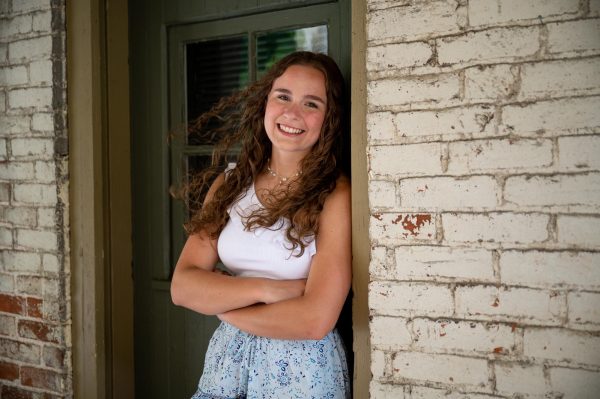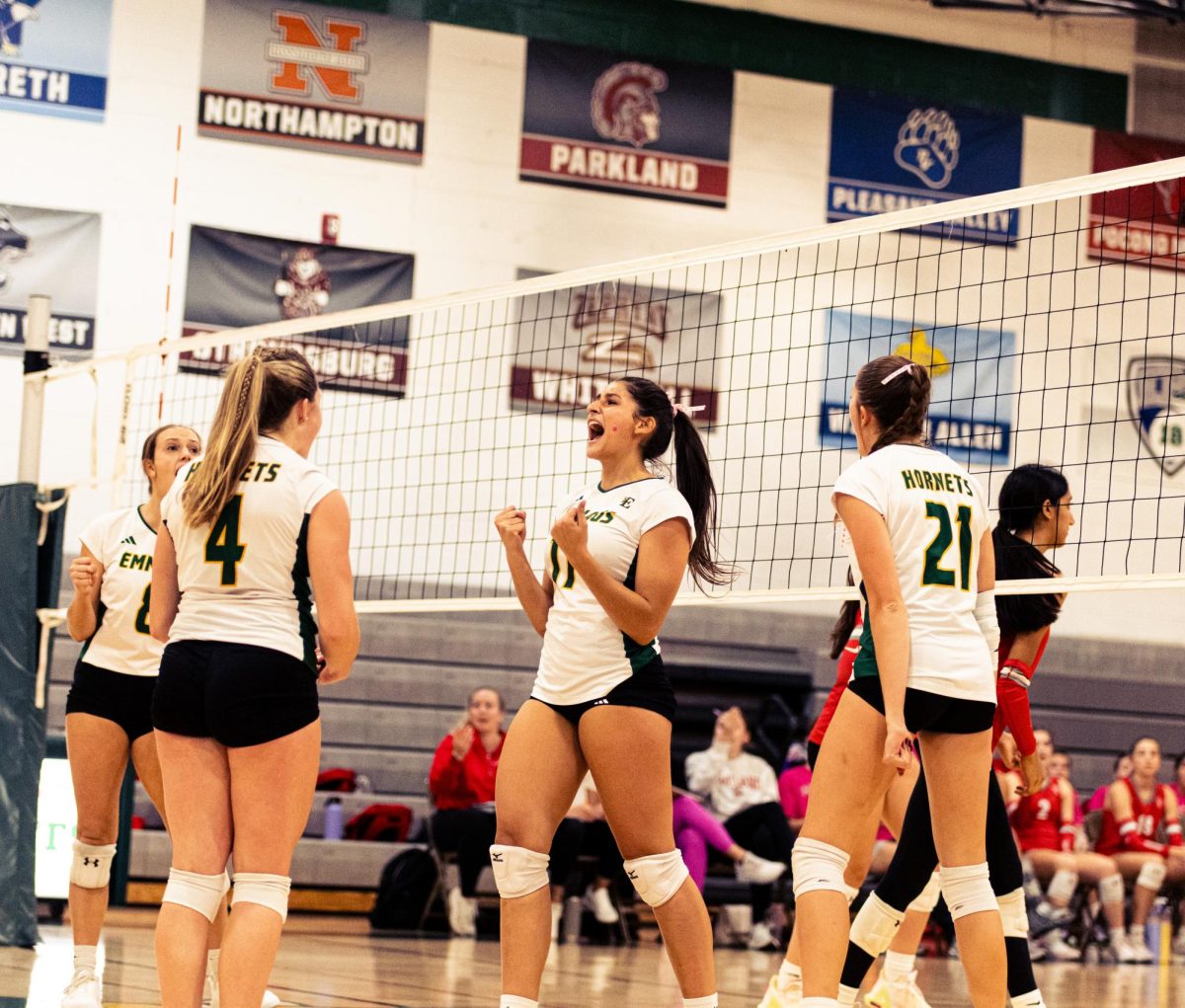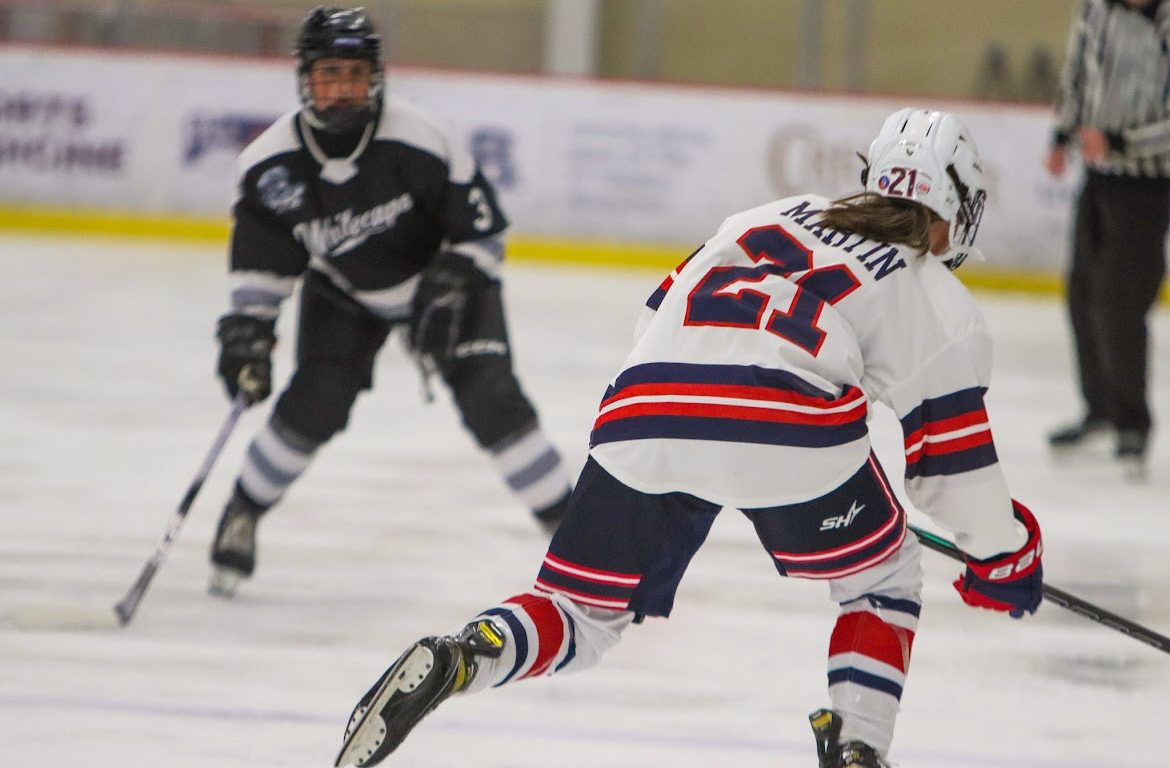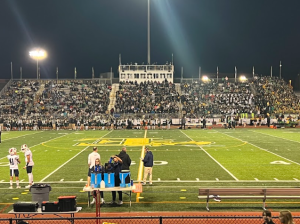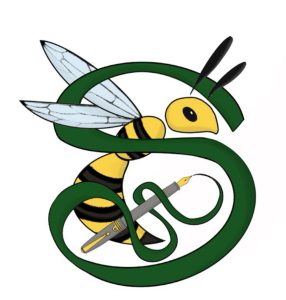EHS community speaks on hazing
Jun 7, 2022
This previously ran in our April 2022 print issue.
What may have started through teasing and taunting against two freshman football players at Tamaqua Area High School quickly turned into a lawsuit and a lifetime of living with the consequences — all at the hands of hazing.
These students join nearly 1.5 million others annually who are found to be the victims of hazing, according to Stop Hazing. While typically thought to concern predominantly fraternities on college campuses, around 47% of students already arrive at college having previously experienced hazing. Whether it occurs in the form of bullying by a few or many, hazing is an act that intentionally targets one or several people and forces them to endure strenuous or even dangerous environments for acceptance by the team or group. PIAA classifies hazing as acts that “recklessly or intentionally endangers the mental or physical health or safety of a person,” and they could occur in an organized manner. The act of “hazing” can be difficult to identify, as it can seen on a large spectrum of initiation processes — from simple intimidation to lethal acts of violence.
Emmaus High School athletic director Rebecca George holds coaches meetings to discuss expectations for the upcoming season for the fall, winter, and spring for all of the EHS athletic teams. In an effort to keep everything uniform, George ensures that all coaches are refreshed on the district’s stance regarding hazing, emphasizing the no-tolerance policy in place.
“Hazing does not belong. It’s not something that belongs in sports, and it never should have,” George said. “We’ll do everything we can to prevent it. Knowing that kids make mistakes. Decisions are sometimes made in poor judgment. [We] turn that into a learning experience and handle it properly so that if anything very serious happened, proper discipline is put in place to deter those behaviors.”
With the recent lawsuit against Tamaqua Area High School for a lack of action against incidents of hazing, coaches in EHS such as baseball coach Jeremy Haas are reminded of the dangers of letting hazing slip under their radar.
“Really, as a leader of young men, as a coach, you’re just trying to put them in the right situations to be good young men going forward. So when I hear about [hazing] at other schools… especially baseball programs, I get frustrated,” Haas said.
Current boys volleyball coach Jeff Elsea has had a long history with hazing, as both a victim himself in high school and a coach for a team when the issue occurred. While coaching baseball in Allentown, Elsea had to make a tough decision between the team environment and the team’s success. Ultimately, he chose to protect the team and suspend two of his best players for hazing.
“They were the best players, they were seniors. I gave up an opportunity of having an undefeated year two years running. But that’s more important,” Elsea said. “That’s not as important to me as having a team work together and feel safe and feel like it’s a team effort, not just two players.”
Elsea knows it can be tricky to gauge where a jest between teammates turns into bullying or hazing, however, he has found that knowing the dynamic of the team is the key to stopping hazing at its source.
“[The team] know[s] that if I see it, they’re going to be off the team. There is no ifs, ands, or buts about it,” Elsea said. “It’s very cut and dry. That’s black or white. There is no gray line … if it means my best players leaving, that means my best players leaving and that’s it. That’s a tough call as a coach, especially when you’re under pressure to make the EPCs and the state playoffs and bring recognition for your school… but I don’t want people to feel like they can’t come play.”
Varsity volleyball player junior Abby Schweitzer has watched conflicts amongst teammates “ruin their idea of volleyball.” The EHS team works to prevent conflicts and bullying by committing to consistent communication.
“The seniors do meet a lot. … and if there [were] any issues, they would all text with [Coach] Bri and say ‘can we meet about this and talk about this?’” Schweitzer said. “I’ve texted her and … she’s talked me through it and said like ‘you belong to be here.’ [She would] talk me through the situation with other players and it [has] always ended up in a good area.”
One EHS student fell victim to an annual occurrence on a team where one freshman is singled out by a senior and becomes the target of all their criticism.
“So freshman year there was one specific senior — out of three — that was very hard on me and would pick me out of all of the other girls on the varsity team and would make sure when I did something wrong, that I knew I was wrong. She would yell at me on the field [and] off the field,” they said. “She would make fun of me when I did something wrong, and not just even just yell at me, she would just make almost like a fool out of me.”
As a result, they dreaded going to practices and games. They felt the weight of being at the bottom of the “hierarchy,” where seniors sat on the top.
“When you’re getting yelled at and made fun of in front of everyone, everyone else just kind of joins in and just goes along with it and just kind of lets it happen. [That’s] because there’s that hierarchy, and you don’t want to disrespect the senior that’s kind of leading the charge on,” they said.
After going to the coaches with their concerns, nothing changed; the student assumed the coaches did not understand the gravity of the situation. After contemplating speaking with the athletic director, they decided against it, fearing they would earn the name “snitch” and the situation would escalate.
“So when I went to the coaches, they just kind of said, like, ‘that’s what comes with being a freshman. You’re at the bottom of the totem pole. You are supposed to kind of get picked on a bit,’” they said. “I don’t think they knew the fact that it was affecting me as much as it was. I think they just thought I was a little bit upset and just complaining.”
In the past few years, they feel the team realized the side effects of that negativity, and it has become less severe. When they become a senior, they hope to put a stop to it altogether.
“It doesn’t breed success whatsoever on the field. It breeds downfall. That year when I was targeted like that, we lost. In the years where we’ve started to bring each other up, it was a lot better and we started to win,” they said.
With hundreds of student-athletes at EHS, hazing and bullying could easily grow out of hand. However, both coaches at the school and George credit Emmaus’ lack of a large hazing problem to the athletes themselves, repeating how Emmaus is filled with “a good group of kids.” If there is a formal report needing intervention from the athletic department, George takes each case and evaluates appropriate measures including interviews and verification of the incident, then chooses what disciplinary methods are needed. There is no direct line of discipline for the athletes, as each situation is different from the next.
Hazing is not a thing of the past in athletics; however, with dedicated coaches and athletes, each game should be the only worry in athletes’ minds.


